"My dear man": how much did people cost under serfdom and how was this price formed
By Pictolic https://pictolic.com/article/my-dear-man-how-much-did-people-cost-under-serfdom-and-how-was-this-price-formed.htmlWhen we say "my dear person" about someone today, we do not mean the monetary equivalent, but our warm attitude and nothing more. But this was not always the case, and the definitions of "expensive" and "cheap" once also spoke about the real price of a living person.
The serf system is a shameful phenomenon in Russian history, which allowed us to treat people as a commodity and measure their value in rubles and kopecks, greyhound puppies, horses and even pigs.
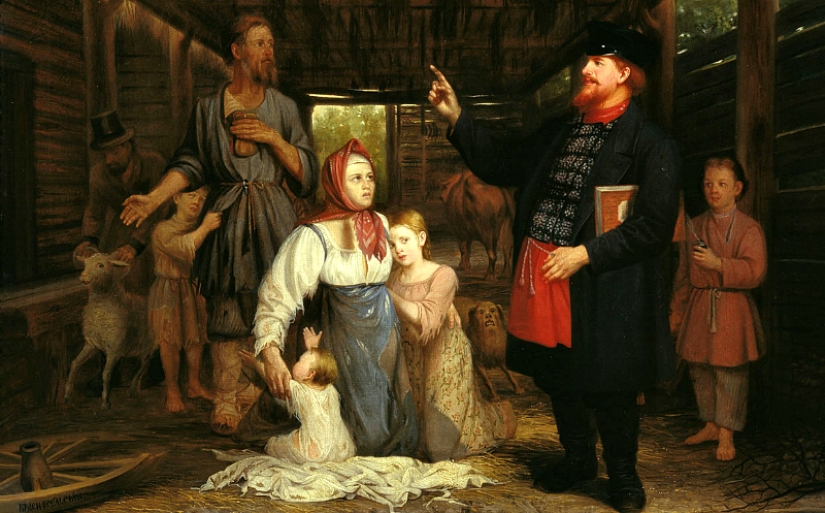
Now the question of how much a person is worth is difficult, but 100-200 years ago, everyone would have answered it without difficulty. The slave trade in Russia officially stopped in 1861, when the peasant reform was carried out, and the ransom of people to freedom was stopped a year before, when it became known that soon all the peasants would be free.
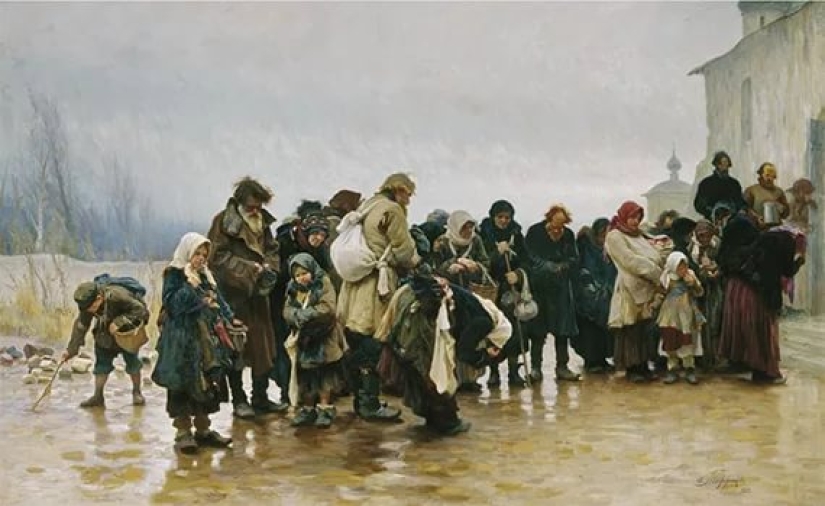
During the existence of serfdom, from the XI to the middle of the XIX century, the price of peasants and the rules for their sale changed many times. For example, in 1782, a girl aged 1 year cost only 50 kopecks, which at current prices for that time was more expensive than a pig, but slightly cheaper than an old horse.
But specialists were valued much higher – the prices for hairdressers, cooks, blacksmiths and those who were suitable for recruits were hundreds of times higher than the prices for small children. Even with the advent of the Enlightenment, when high-flown conversations about humanism did not stop everywhere, including at the imperial court, the slave market of the empire lived its own life. Academician V. Klyuchevsky wrote about this:
The historian published his work on serfdom a century after its abolition, using memoirs and newspaper ads as sources. But history has also preserved many descriptions of specific cases of sale.
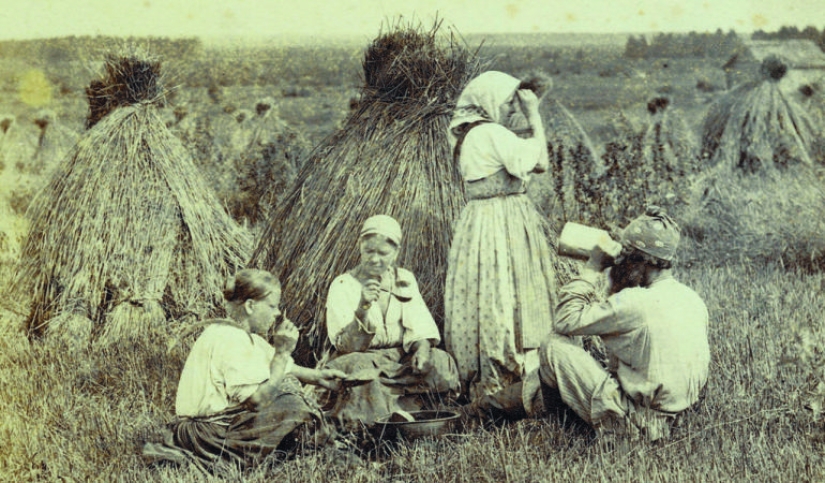
In 1782, under Catherine II, an inventory of the property of a certain captain Ivan Ivanovich Zinoviev was carried out, who owed the captain of the second rank Peter Andreevich Bornovolokov and failed to pay off. The court officials did not miss anything and described everything – from small kitchen utensils to every serf. Here is an excerpt of this shameful inventory:
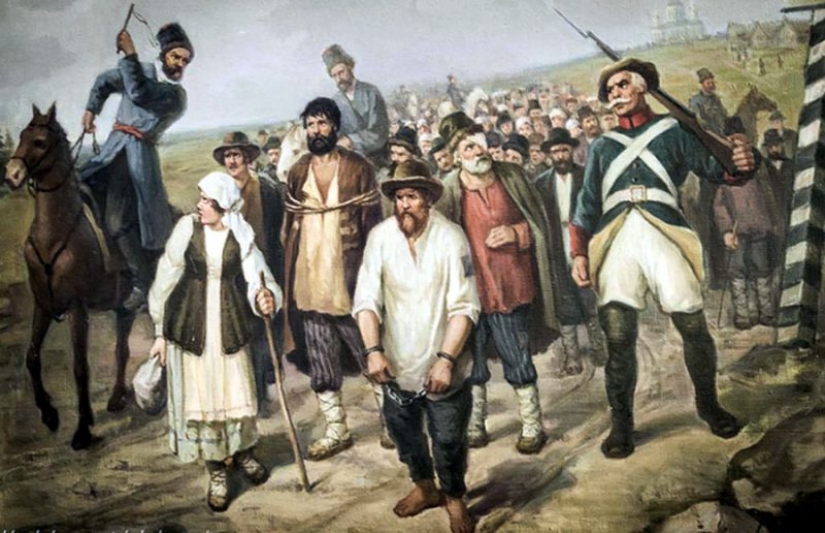
Next to it, in another paragraph, a dry clerical language, a domestic animal is casually listed:
It is worth noting right away that the prices at that time were unimportant. Obviously, a big role was played by the fact that the estate and the people assigned to it are located in the remote Chukhloma district, in the parish of the Great Desert. The location of the estate played a big role in the valuation of the property, as it is now.
The closer the property was to the capitals, the higher it was valued. The highest prices for serfs were in the estates near St. Petersburg and Moscow, as well as for people living with the owner in these cities. The saturation of the market with offers, the state of the "product" and, of course, its professional skills played a role in the formation of the price.
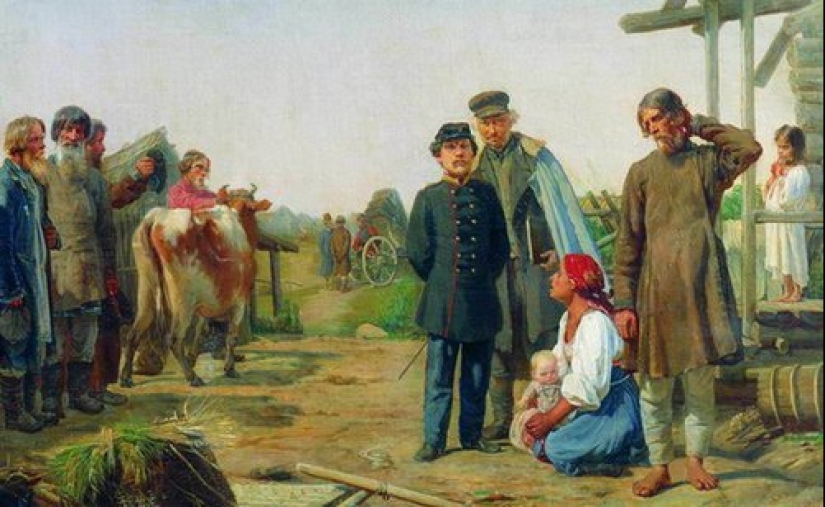
A high-level cook could cost several thousand rubles, and an experienced barber was given a thousand or more. But most of all, serfs who had a penchant for commerce were valued. These people traded, showing ingenuity and diligence, and their master received a solid rent from them.
In some cases, one such merchant peasant brought income as an entire estate. It is no wonder that the landowners did not want to part with them on any terms. It was also easier for a trading serf to do business – all the demand was not from the serf, but from his master. Therefore, such a merchant could not be afraid of the raids of officials and boldly conducted his profitable business.
Many people were not only not burdened by the serfdom, but on the contrary it was a real boon, which allowed them to earn a solid capital. But with the growth of turnover, the master's appetites also grew, so often the rent began to negatively affect the business. Not wanting to give working capital to the landowner-drone, the merchant peasant tried to buy himself and his family out of captivity and become a free merchant.
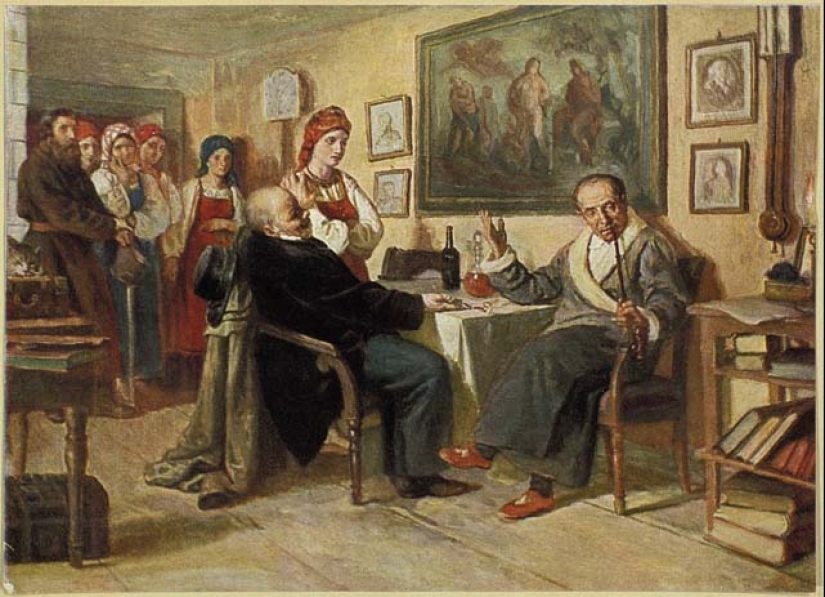
Unfortunately, such a turn very rarely suited the slave owner, who did not want to lose a solid "passive income" under any circumstances. There is a known case when a serf offered to redeem himself for 5 thousand rubles, a huge amount of money for the Russian Empire. To this tempting offer, the landowner replied: "And forget about it," so the deal did not take place.
But there were also cases when the owner of the serfs agreed to let the merchant and his family go free. Often the amount named by the master was astronomical. One of the peasants bought himself, his wife and children for 25 thousand rubles! For this money, it was quite possible to buy an estate with many serfs and cattle.
It also happened that a landowner who lost at cards or was heavily in debt himself offered the peasants to redeem themselves at will. During the reign of Catherine II, Prince Repnin once gathered his peasants and announced to them that he was ready to let everyone go at once. To do this, the serfs had to give him an amount, at the rate of 25 rubles per villager, regardless of age and gender. The peasants consulted among themselves and refused, which they later regretted many times.
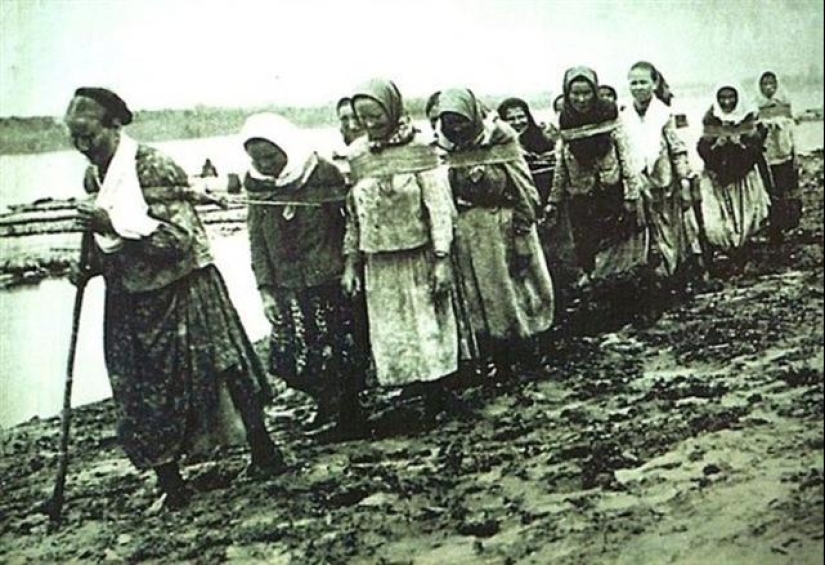
Serfs were sold in various ways, but most often there were home and fair methods. In the first case, the sale took place at the seller's estate, and only then it was registered with the state chancellery with the payment of the required fee.
If it was planned to sell the peasants in bulk or the ads in the newspaper did not give the proper effect, the peasants were handed over to a special broker who went with them to the fair. One of the largest sites where people were sold was the famous Nizhny Novgorod Fair, the largest in Russia.
After the death of the Empress Catherine, some restrictions began to be imposed on the sale of peasants. For example, Emperor Alexander I by his decree forbade placing ads about the purchase and sale of serfs in printed publications. This happened in 1801, 60 years before the complete abolition of serfdom.
This did not prevent further trafficking in people using newspapers. In order not to violate the law, the ads indicated that serfs were not for sale, but were rented out. The seller and the buyer perfectly understood each other and when they met, a real sale took place.
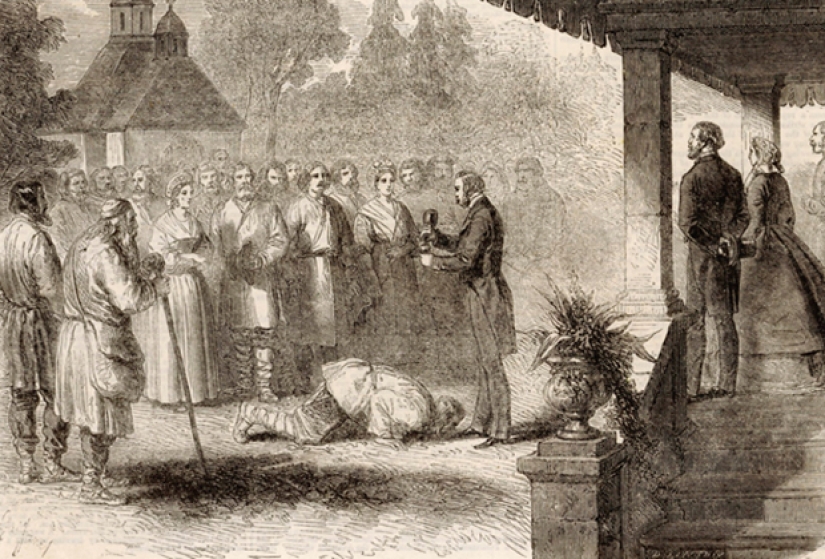
In 1808, a ban was imposed on the sale of peasants at fairs, and in 1833, under Nicholas I, it was forbidden to separate families when selling serfs. In 1847, many people had a chance to get free will – a new law officially allowed peasants to buy themselves at an estimated cost from a master who had gone bankrupt.
Restrictions were also imposed on the purchase of people. For example, in the 30s of the XIX century, peasants were forbidden to acquire nobles who did not have their own land, in order to reduce the likelihood of speculation by serfs, which was flourishing at that time.
Despite the fact that human trafficking is banned all over the world today, it still takes place and takes the most ugly and dangerous forms.
Keywords: Russian Federation | History | Peasants | World | Slave trade | Slavery | Russian Empire
Post News ArticleRecent articles

Tatiana Gavrilova, better known by her creative pseudonym TanikoGa— is a Russian artist from Shlisselburg who loves cats and ...

Frida Kahlo advertising Mexico City, and Leonardo da Vinci — Florence? Let's fantasize about what advertising posters of ...
Related articles

This series of photos perfectly illustrates how alcohol turns a respectable person into a staggering wreck, spewing a bad smell, ...

The STS TV channel started broadcasting on 1 December 1996. At the time, he was really entertaining, cozy translating foreign ...

In the Italian town Venzone in the province of Udine people have long lived side by side with the mummies. Drank tea with them, had ...

Ready to let out your wildest fantasies? View that creates American digital artist Konzhe Marcus (Marcus Conge), which connects the ...